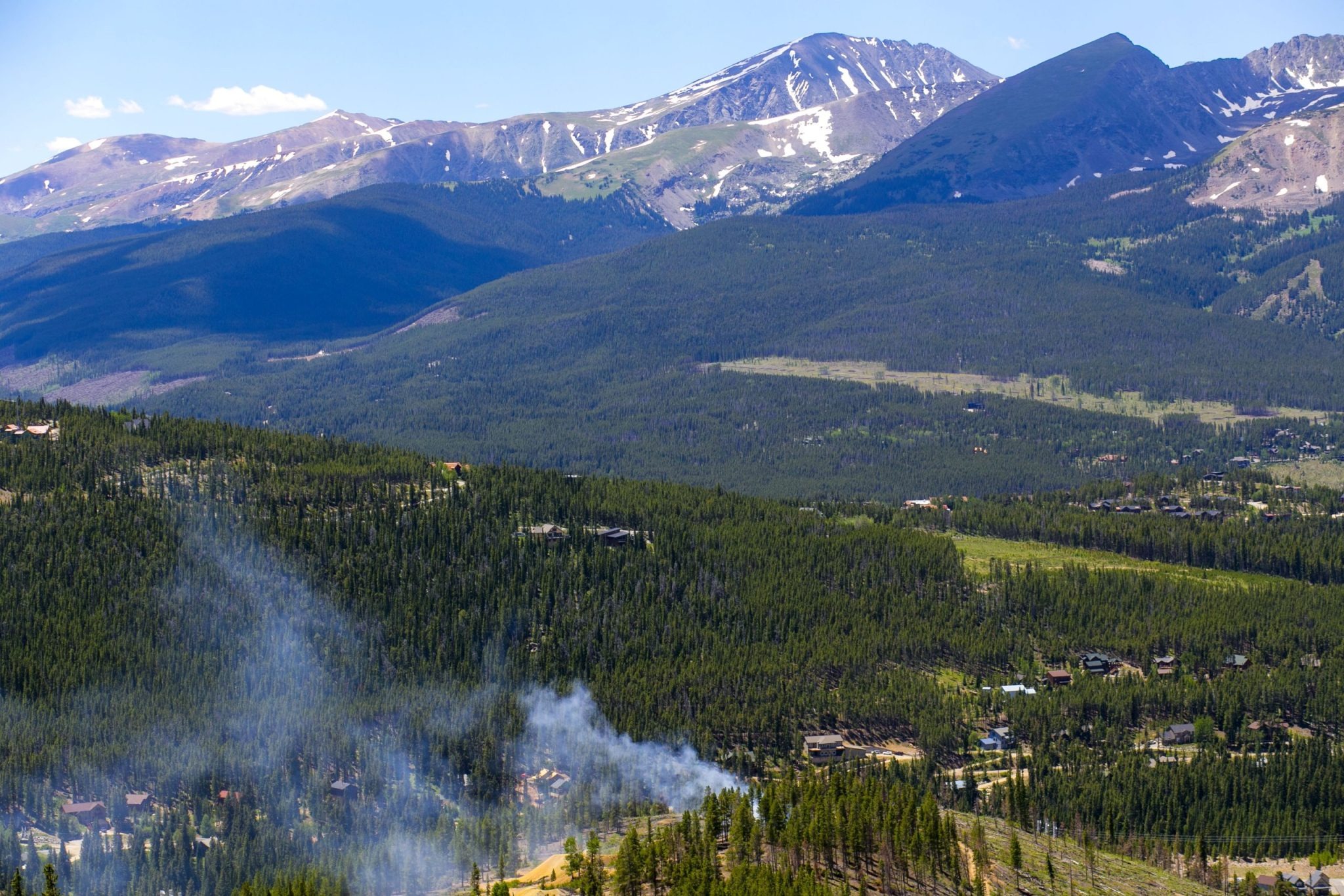Bill aims to make insurance companies more transparent when assessing Colorado homeowners’ wildfire risk and the premiums they pay

Colorado lawmakers want to make property insurers more transparent about how they assess a homeowner’s wildfire risk and ways they can reduce their premiums.
House Bill 1182 would force insurance companies to share information on risk models and scoring methods with homeowners and the state and explain how those assessments influence the cost of insurance.
The bill would also require companies to consider individual or community-level wildfire mitigation investments in those evaluations and give homeowners the ability to appeal a property’s risk assessment.
The legislation comes in response to a rapid escalation in insurance premiums fueled in part by climate change-related weather events that have made Colorado a costlier state to cover.
Colorado saw a 52% increase in insurance premiums for single-family homes between January 2019 and October 2022, according to the state-run division of insurance. Higher-valued buildings, like multistory condominium complexes, have seen insurance costs double several times over in some cases.
Rep. Brianna Titone, D-Arvada, a prime sponsor of House Bill 1182, said homeowners are eager to reduce their risks through mitigation efforts like home hardening and defensible space — meaning an area where vegetation has been cleared or reduced.
But doing so doesn’t always translate to a reduction in premiums.
“I think a lot of homeowners are guessing a lot of times what they can do,” Titone said. “And the insurance companies are not really clearly communicating with the homeowners as to what they think they should do.”
“That’s very frustrating to a homeowner who may have spent a lot of time and money investing in this,” Titone continued. “But do the insurance companies think that even matters? And how can we convince them that it does.”
The issue is especially acute in Colorado’s mountain communities, where the ever-present threat of wildfires has made mitigation a top concern.
Summit County Commissioner Tamara Pogue said she hears about property insurance costs almost daily, adding that rate increases of 300% or 400% aren’t uncommon for homeowners.
“Property insurance is part of housing affordability,” Pogue said. “You have to have it, you have to pay for it.”
The county has supported numerous fire mitigation efforts, from funding seasonal Forest Service employees to requiring defensible space for new developments in its codes. It has also doled out millions in grants from a voter-approved fund to help neighborhoods share the cost of fuel reduction, tree removal, improvements to evacuation routes and other mitigation strategies.
Summit was the first county in Colorado to pass a dedicated funding source for wildfire mitigation, according to Pogue, approving a property tax increase in 2008 and another in 2018.
Pogue said those efforts have been successful in reducing fire risk. A small wildfire that sparked last summer near a neighborhood in Breckenridge, for example, was quickly contained thanks to fuel mitigation work that had been done in the area 18 months prior, according to officials.
“I think that homeowners should be given credit for that effectiveness and for the dollars they have invested in that mitigation and right now, in the (insurance) system, there is no consistent way that work is taken into account,” Pogue said. “We should, as a community, be able to recoup some of those benefits here.”

Insurance industry reforms have been a high priority for Gov. Jared Polis, who has called for more transparency on risk assessment and price determinations. The industry came under fire during a December meeting of Western state governors, and Polis renewed his call for insurance relief during his State of the State address to lawmakers last month.
“The rising cost of insurance isn’t relegated to homeowners alone,” Polis said. “It gets passed on to renters, too.”
Carole Walker, executive director for the Rocky Mountain Insurance Association, said insurance companies are supportive of individual and community-level mitigation work as a way of reducing a homeowner’s risk and hopefully lowering their premiums.
But Walker stressed lawmakers need to be mindful of not passing policies that could further burden insurance companies operating in the state.
Walker pointed to California, which has seen an exodus of insurers due to what she called a misguided slate of legislation that artificially capped rates and banned insurers from using predictive risk models.
Colorado is already the third least profitable state for insurers behind Louisiana and Texas. It ranks second in the country for hail risk and third for wildfire, according to the Rocky Mountain Insurance Association.
“Colorado is a high catastrophe risk state for insurance companies,” Walker said. “It’s a cautionary tale. We need to be careful in Colorado, we’re just a few bad public policy decisions away from being California.”
The insurance association, which represents companies in Colorado, Wyoming, Utah and New Mexico, seeks amendments to the bill that would hold homeowners’ mitigation work to an industry standard.
Walker said insurers are open to creating an appeal process and sharing ways homeowners can reduce their risk, but she cautioned about forcing companies to reveal models that are protected under intellectual property. She said any disclosure requirements in the bill must be easy for insurers to follow.
Walker’s biggest concern is legislation that makes doing business in Colorado unviable.
“The stakes are very high on this,” Walker said.
House Bill 1182 is also sponsored by Rep. Kyle Brown, D-Louisville, and Sens. Lisa Cutter, D-Littleton, and Cleave Simpson, R-Alamosa. It is scheduled for a hearing and vote before the House Business Affairs and Labor Committee on Wednesday, Feb. 26.
Published on SummitDaily.com.
